1. Lead Toy Soldiers
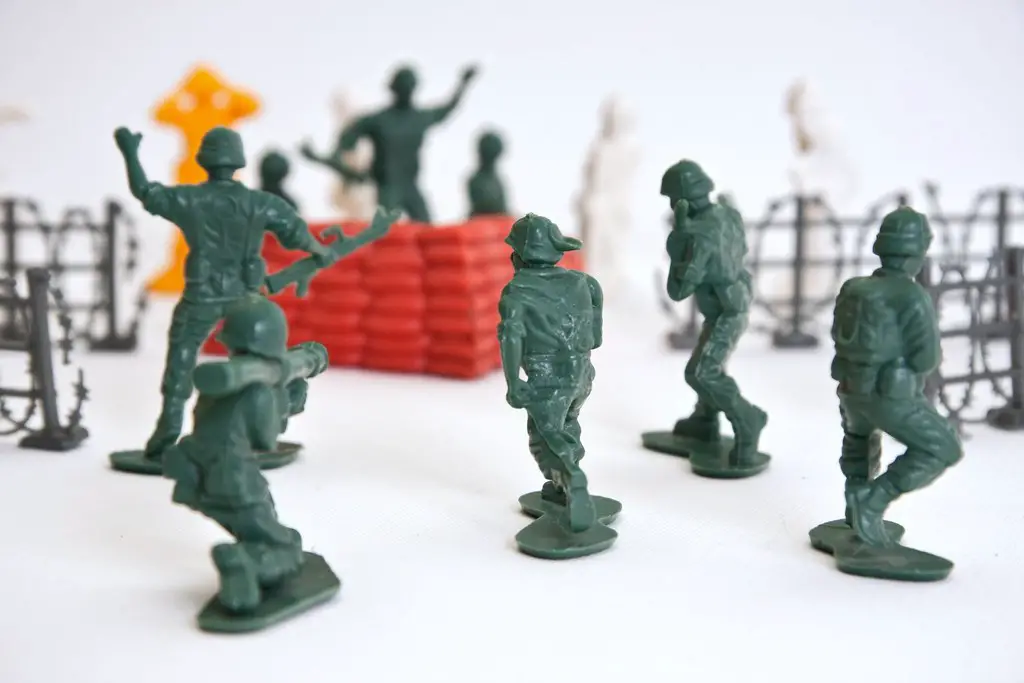
Toy soldiers were a huge hit with kids in the ’30s, often painted in bright, shiny colors. The problem was that those colors came from lead-based paint, which today we know is highly toxic. Kids would line them up, knock them down, and sometimes even put them in their mouths without anyone thinking twice. Parents thought they were harmless fun, but over time, the lead exposure could cause serious health issues.
Back then, there just wasn’t the same awareness about safety standards or chemical dangers. These soldiers were inexpensive and easy to find in dime stores, which made them a staple in many homes. It’s shocking now to realize that such a common toy was actually a hidden health hazard. We’d never dream of letting a child play with them today.
2. Mini Chemistry Sets
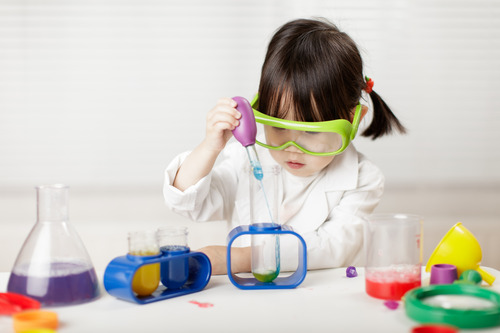
A child in the ’30s might have begged for a chemistry set, and parents often gave in, hoping it would inspire curiosity. What they didn’t realize was that these sets often came with real, unregulated chemicals, some of which could burn skin or produce dangerous fumes. Kids could mix and experiment with almost no instructions, which sometimes led to unexpected explosions.
It sounds like something out of a cartoon now, but it was considered educational at the time. Parents saw it as a way to get their children interested in science. Of course, there were no goggles or gloves included, so accidents were inevitable. Today’s chemistry kits look tame in comparison, and probably for the best.
3. BB Guns
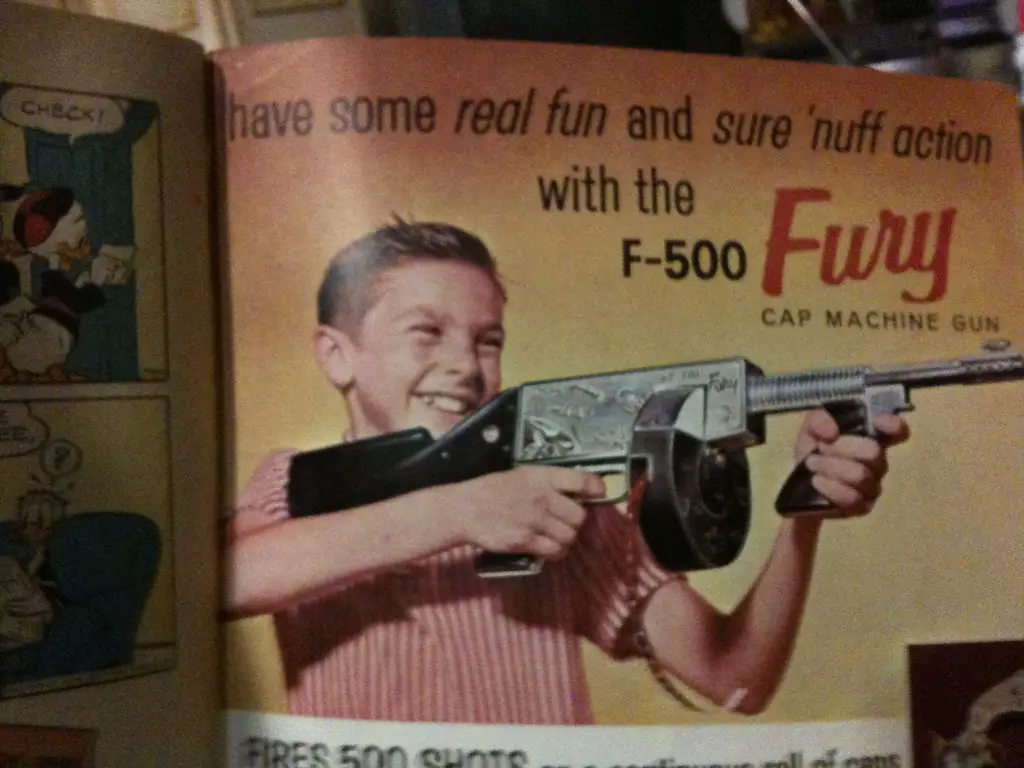
BB guns were marketed as the ultimate “starter” firearm for adventurous boys. In the 1930s, safety warnings were almost non-existent, and protective eyewear wasn’t even suggested. Many kids ended up with injuries, including the classic “you’ll shoot your eye out” scenario.
Despite the risks, BB guns were considered a rite of passage, something that helped boys learn responsibility. Parents didn’t see them as dangerous weapons but rather as toys that built character. It’s jarring to imagine how casually these were handed out. Now, we look at them as something that requires strict supervision.
4. Cap Guns with Real Gunpowder
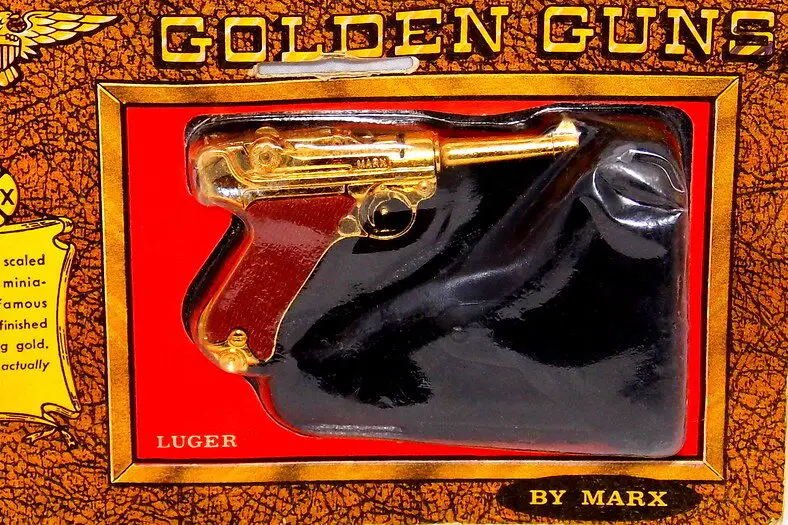
Cap guns might seem like harmless noisemakers today, but in the ’30s, many used small amounts of actual gunpowder. When kids snapped them off, sparks could fly, and sometimes burns followed. These toys weren’t made with much concern for fire hazards, either.
Parents enjoyed the idea of children playing “cops and robbers” in the backyard. They didn’t expect that the fun could lead to scorched fingers or worse. Fire safety wasn’t exactly top of mind during that time. Today’s versions of these toys are loud but safe, a far cry from their dangerous beginnings.
5. Toy Trains with Real Electricity
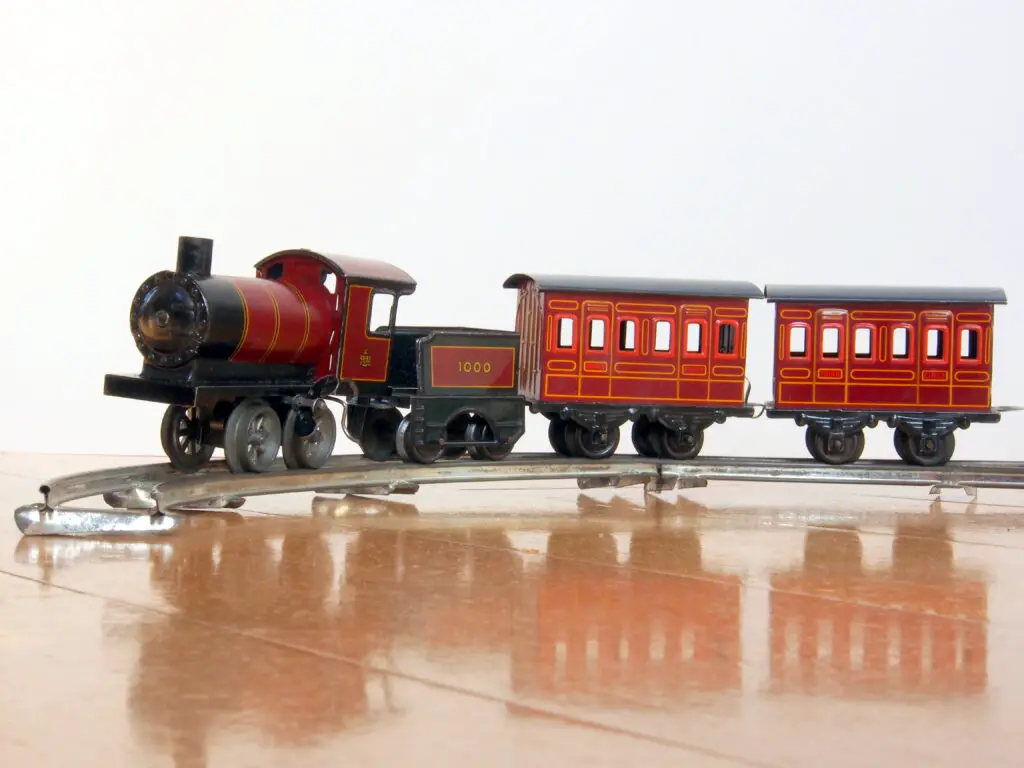
Toy trains were a dream gift for many children, and the more elaborate sets often ran on electricity. Exposed wires and poorly insulated parts meant kids could get shocked just by setting up their track. The risk of fire was also present if wires overheated.
Still, the joy of watching the miniature trains chug along seemed worth it. Parents thought the electric element made them more realistic and impressive. In hindsight, it feels like a recipe for disaster. Now, toy trains are battery-powered and far safer for little conductors.
6. Pocket Knives for Boys
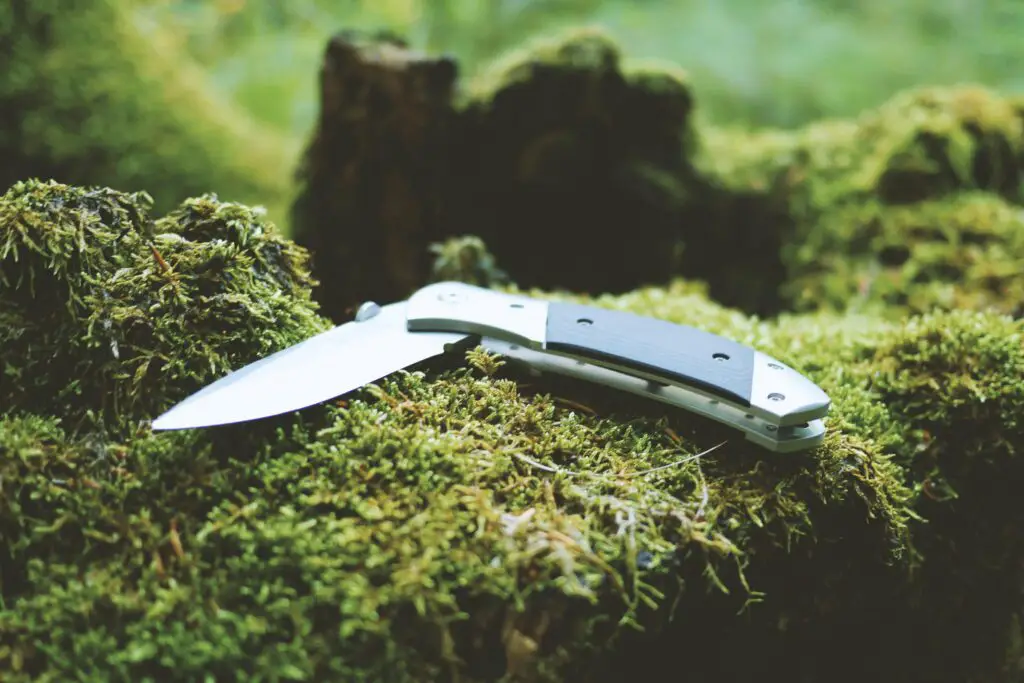
Giving a boy his own pocket knife was almost a tradition in the 1930s. These knives weren’t toys in the modern sense, but they were marketed that way to kids. Cuts and accidents were common, especially when children tried to whittle or carve without any guidance.
Parents saw it as a way to build responsibility, much like BB guns. They trusted kids to use them properly, but of course, accidents happened all the time. It’s surprising how young some children were when they got their first knife. Today, it’s something most parents wouldn’t even consider for a child.
7. Lawn Darts (Early Versions)
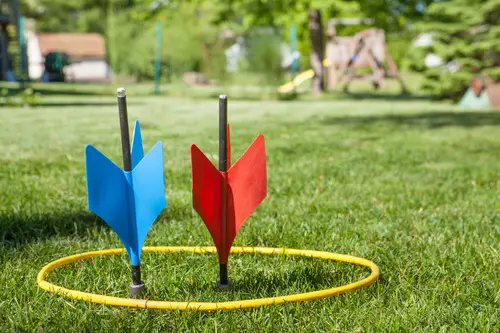
Long before they were banned decades later, lawn darts had already been around in some form in the ’30s. These heavy, pointed darts were meant for outdoor games, but with kids running around, the results could be terrifying. A poorly aimed throw could cause serious injury.
Families thought of them as wholesome backyard entertainment. Safety wasn’t really factored into the design, and children were often the ones tossing them. It’s no wonder they eventually became notorious. Looking back, it’s almost unbelievable they were sold at all.
8. Wooden Roller Skates
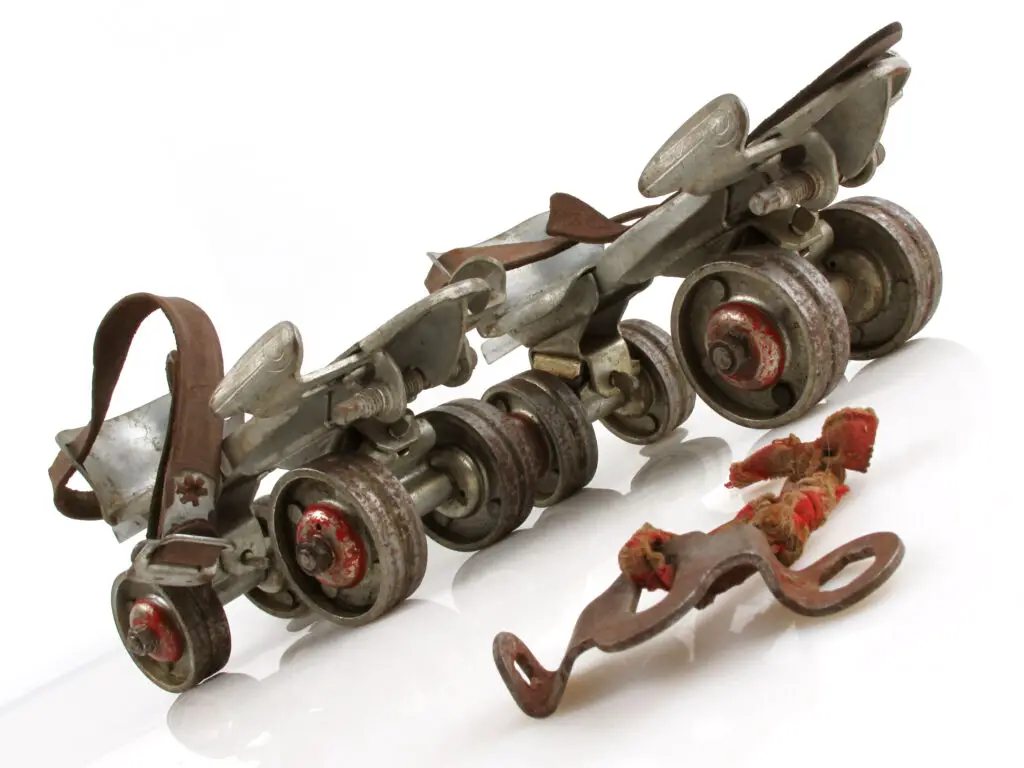
Roller skates in the ’30s were made of wood and metal, with straps that often didn’t stay secure. They had no brakes, which made stopping a serious challenge. Kids skating downhill or on sidewalks often ended up with scraped knees, broken bones, or worse.
Despite the risks, roller skating was seen as a fun pastime that got kids outdoors. Parents often shrugged off injuries as part of growing up. Compared to the safe, padded skates we see today, these were downright hazardous. But back then, it was just considered normal play.
9. Toy Guns with Real Projectiles
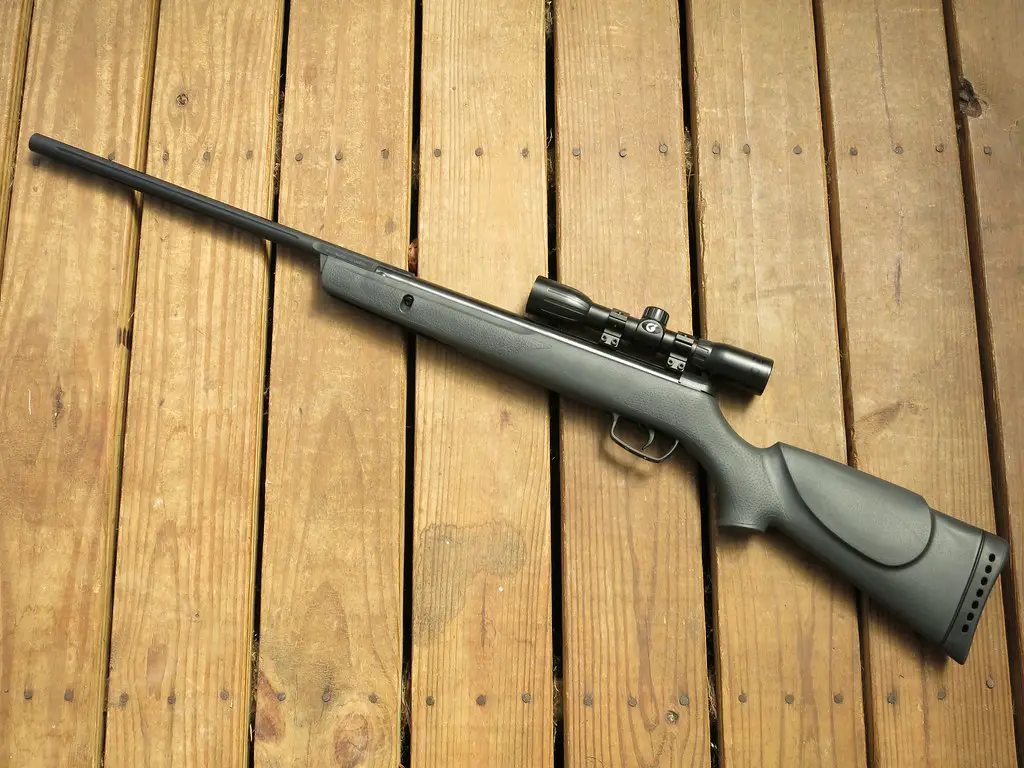
Some toy guns in the ’30s fired small metal or wooden pellets. Unlike today’s foam darts, these projectiles could cause real harm. Kids would aim at each other in play fights, often ending with bruises or eye injuries.
The idea was to mimic the excitement of the Wild West. Parents often saw it as harmless fun, even when accidents happened. The toys themselves were cheaply made, but the potential damage was very real. It’s wild to think of these being handed out without any warnings.
10. Toy Cars with Sharp Edges
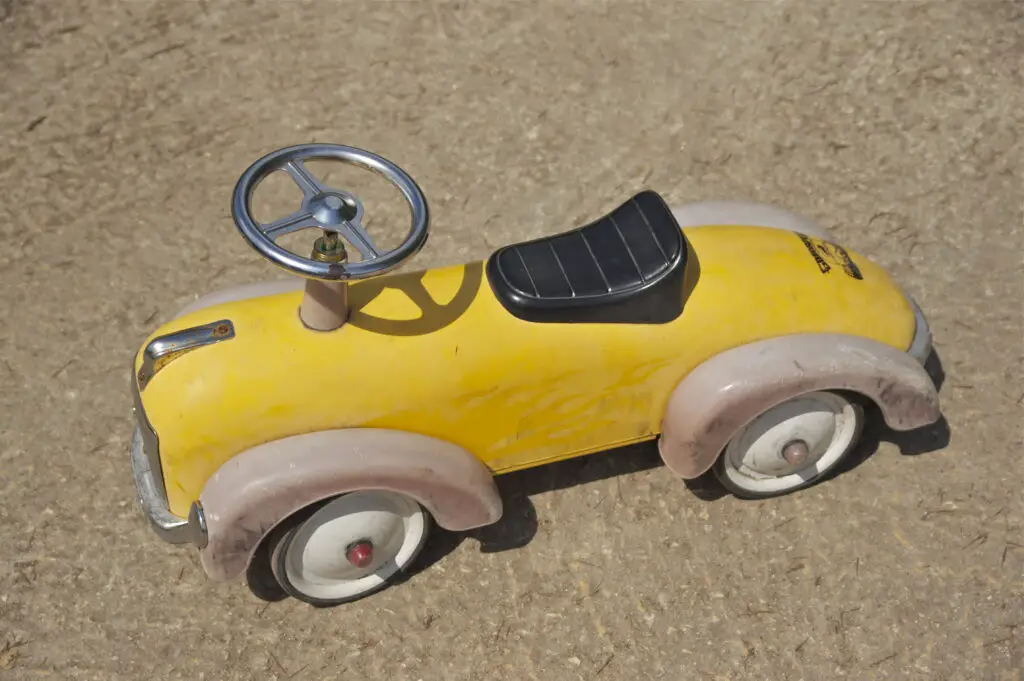
Metal toy cars were a huge hit with kids, but many of them had sharp edges. The manufacturing process didn’t round corners or file down parts like it would today. Kids could easily cut their hands while playing or assembling tracks.
Parents saw them as durable, unlike the fragile toys of the time. But that durability came with hidden risks. Collectors today often admire these cars for their craftsmanship, but parents wouldn’t let their kids touch them if they knew the dangers. It’s another case of beauty over safety.
11. Slingshots
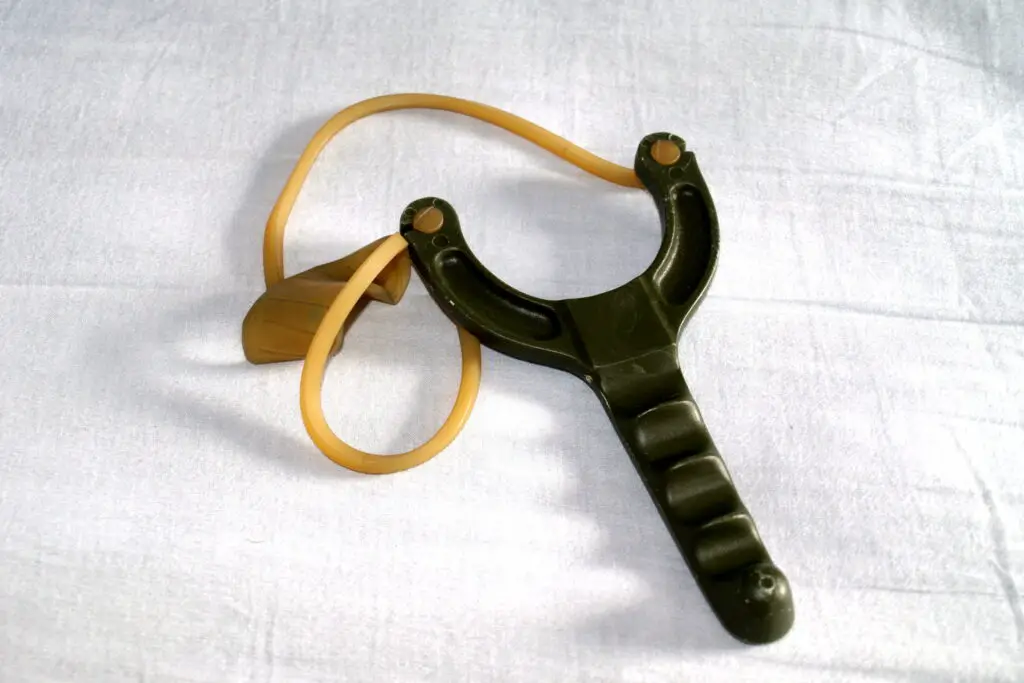
Slingshots were a classic toy, especially for boys who liked a little mischief. They were often homemade or cheaply sold in shops, using real rubber bands and sturdy wooden frames. With a little practice, a child could launch rocks or marbles at dangerous speeds.
Injuries to people, animals, and property were common. Parents sometimes thought they built character or hand-eye coordination. In reality, they were small weapons in the hands of kids. It’s no wonder modern versions are carefully restricted.
12. Toy Planes with Real Propellers
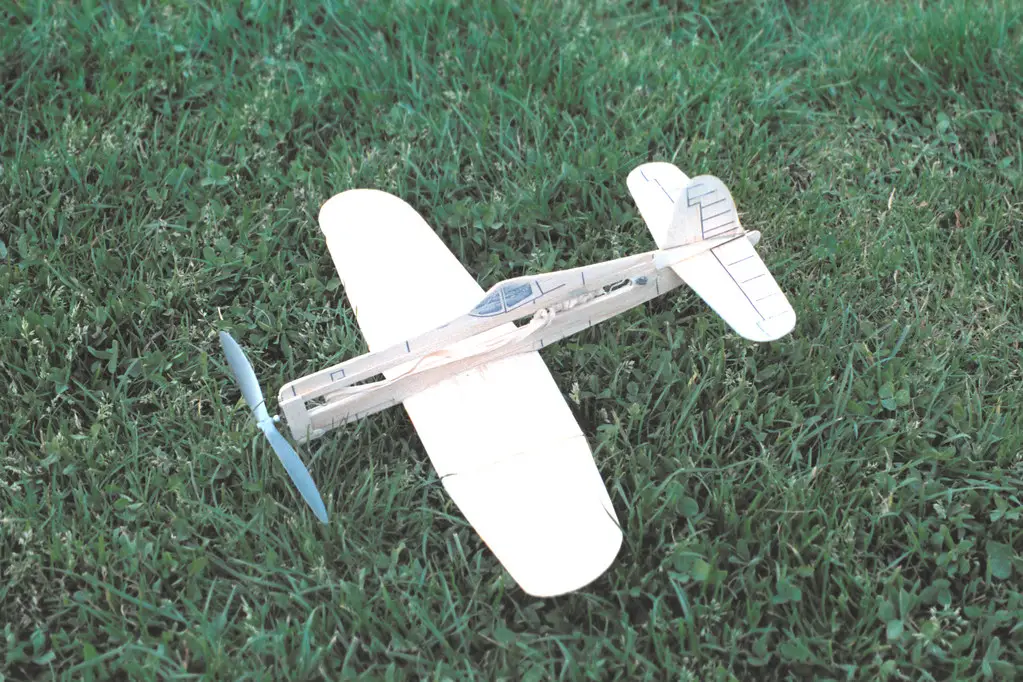
Many toy airplanes in the ’30s were powered with wind-up mechanisms that turned real metal propellers. While kids loved launching them into the air, the spinning blades were sharp enough to cut fingers. If the toy crashed, sharp pieces could break off and cause more injuries.
The excitement of flying toys outweighed safety concerns at the time. Aviation was new and thrilling, and kids wanted to imitate the pilots they idolized. Parents encouraged it, never realizing the hazards. Today’s toy planes are made of lightweight plastic, designed to avoid those risks.
